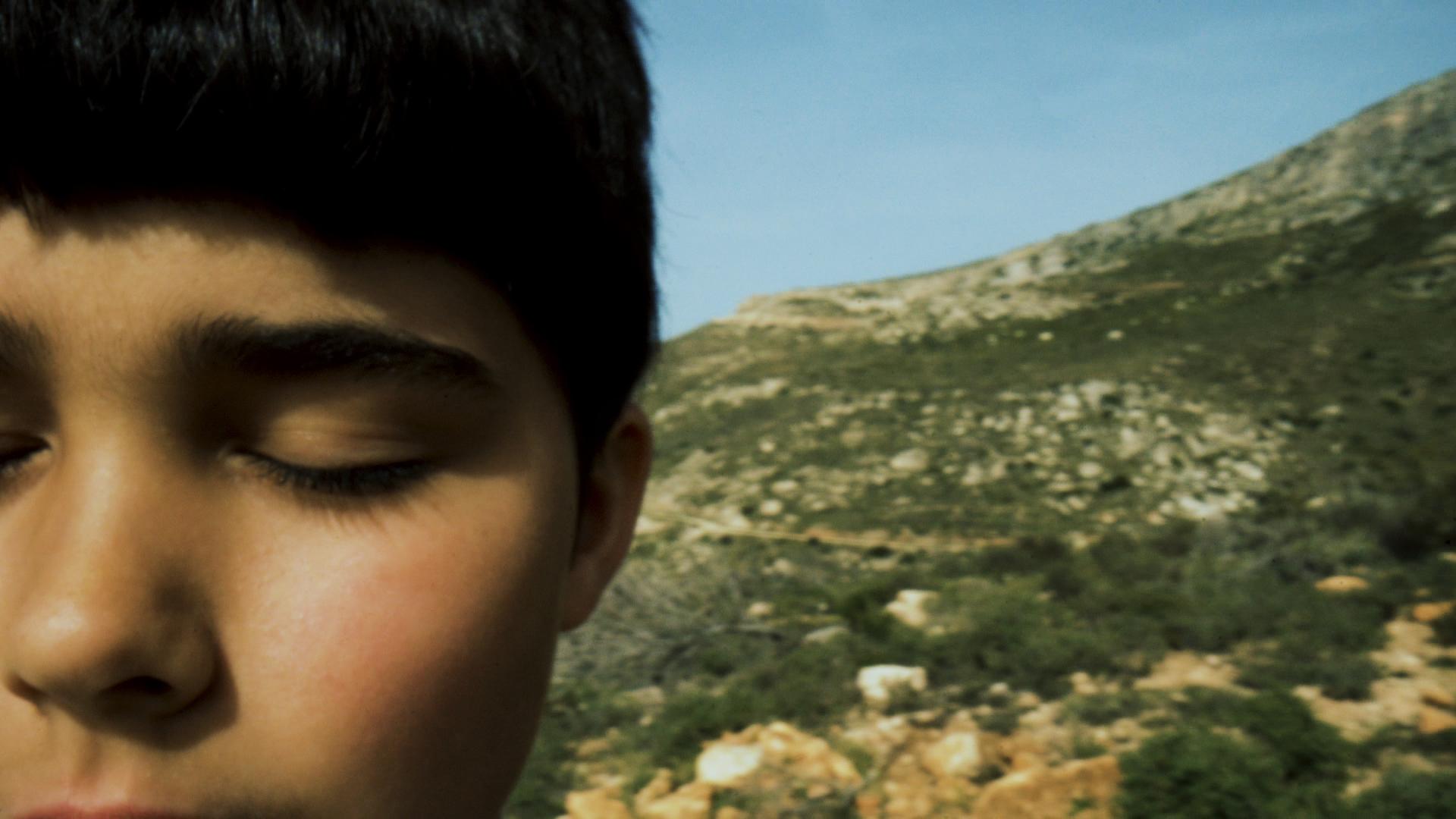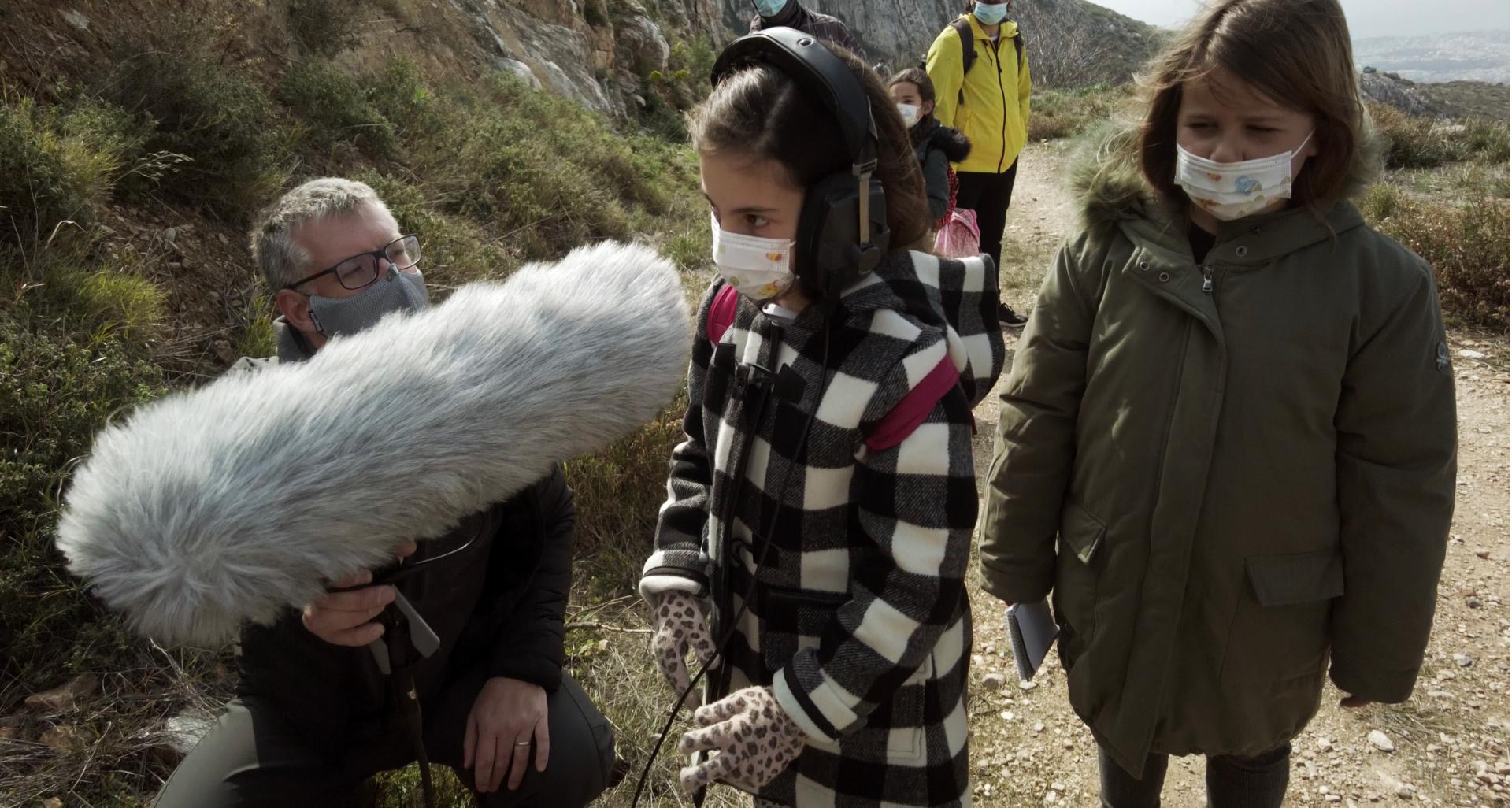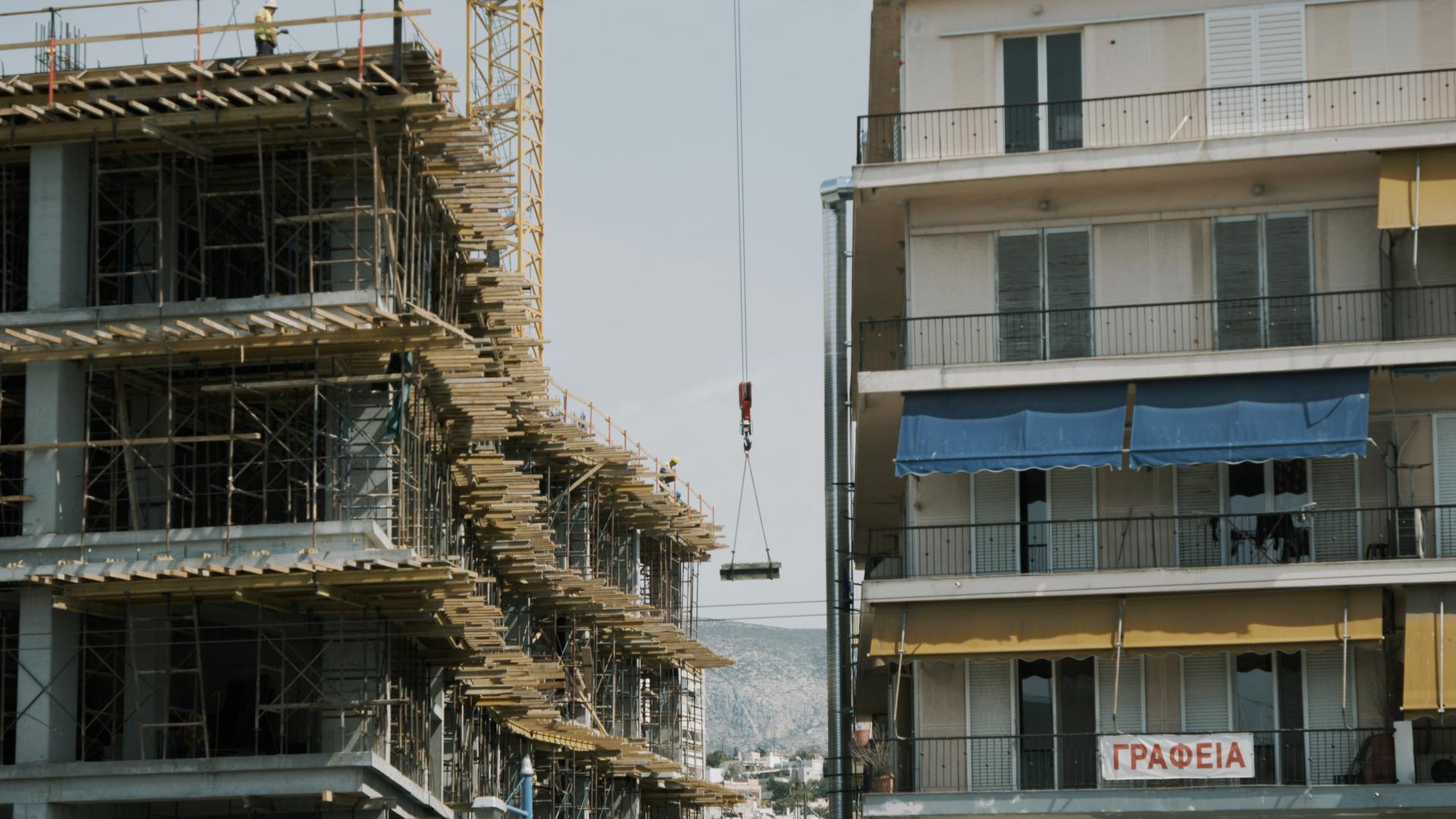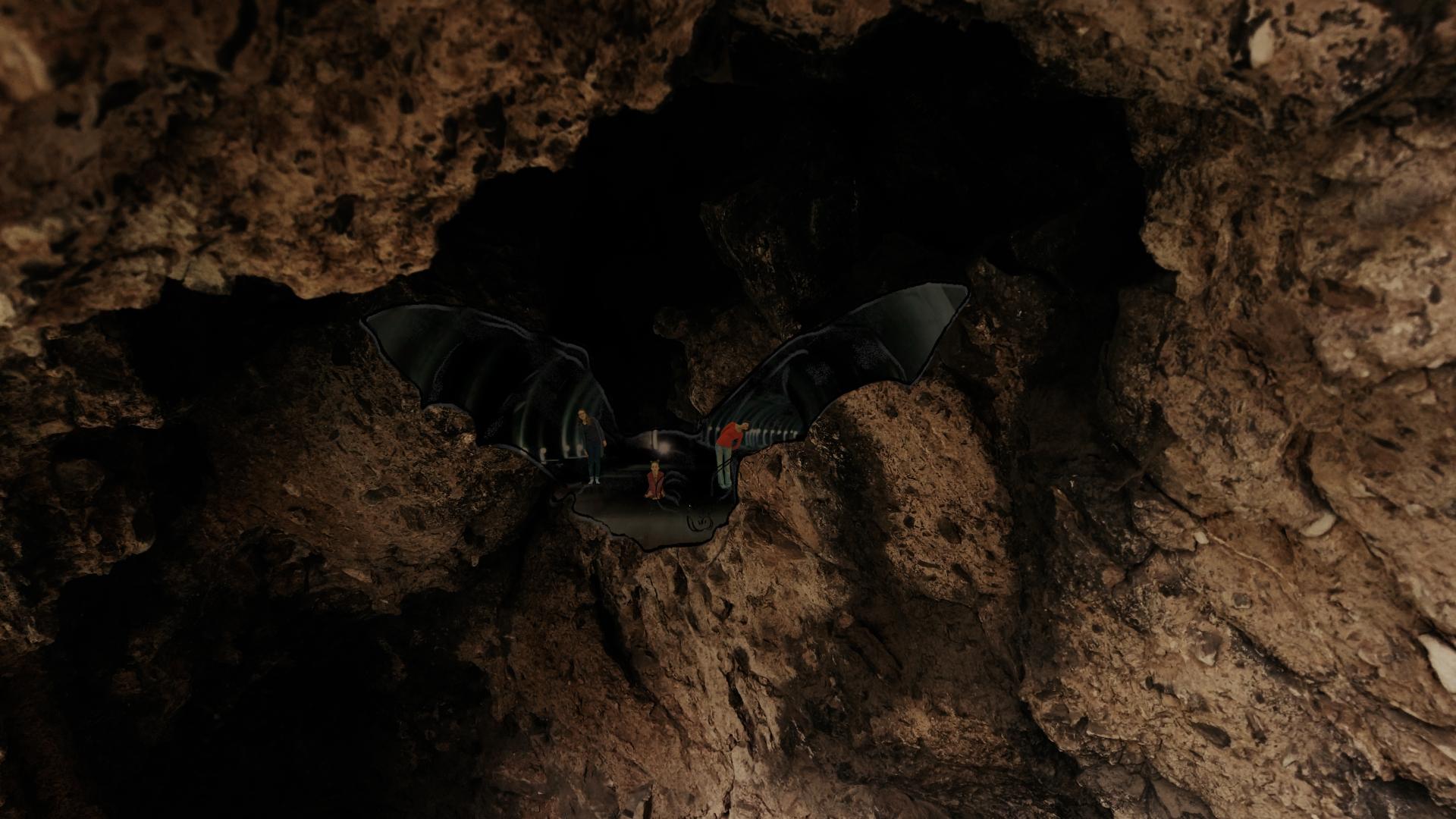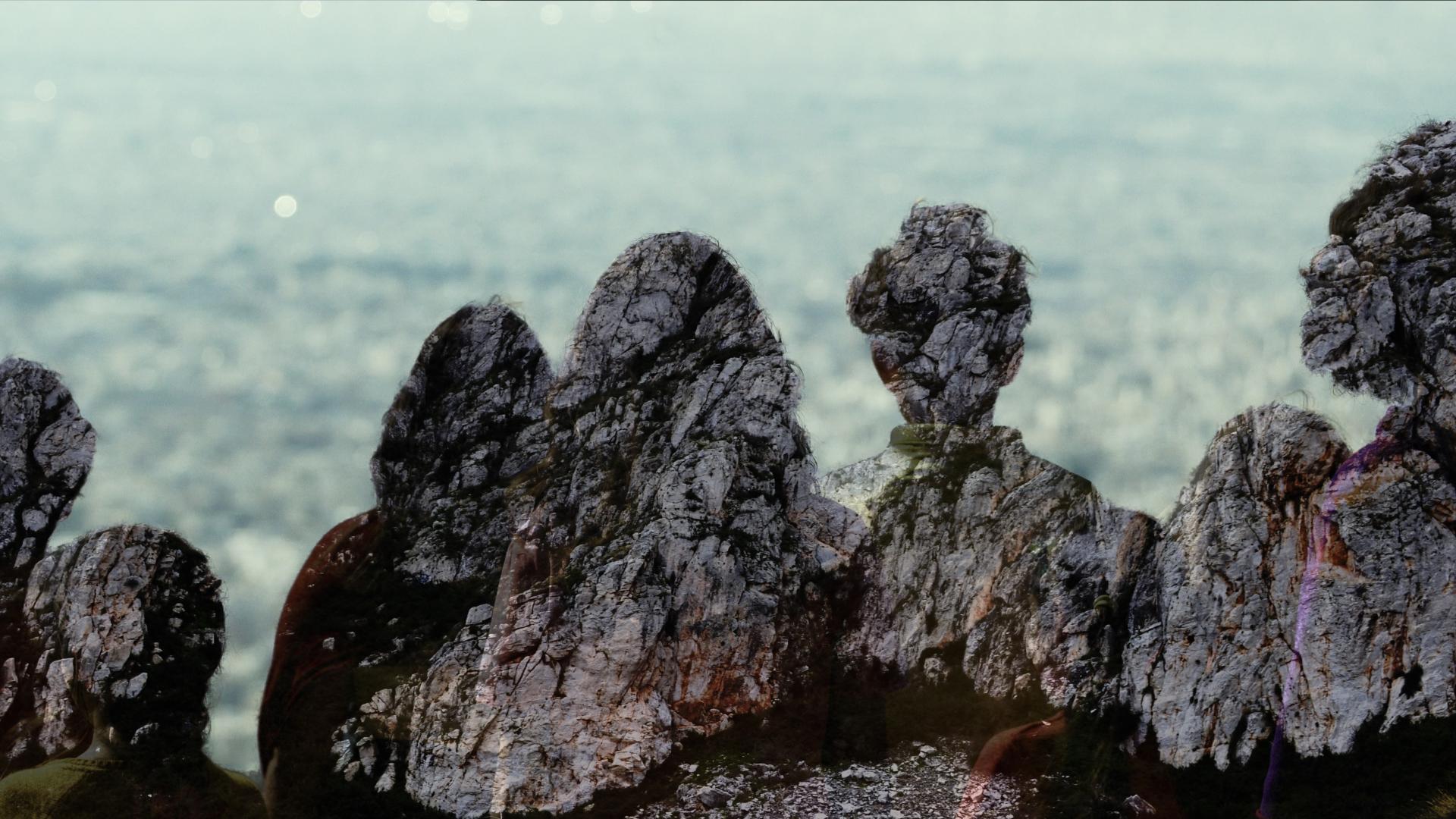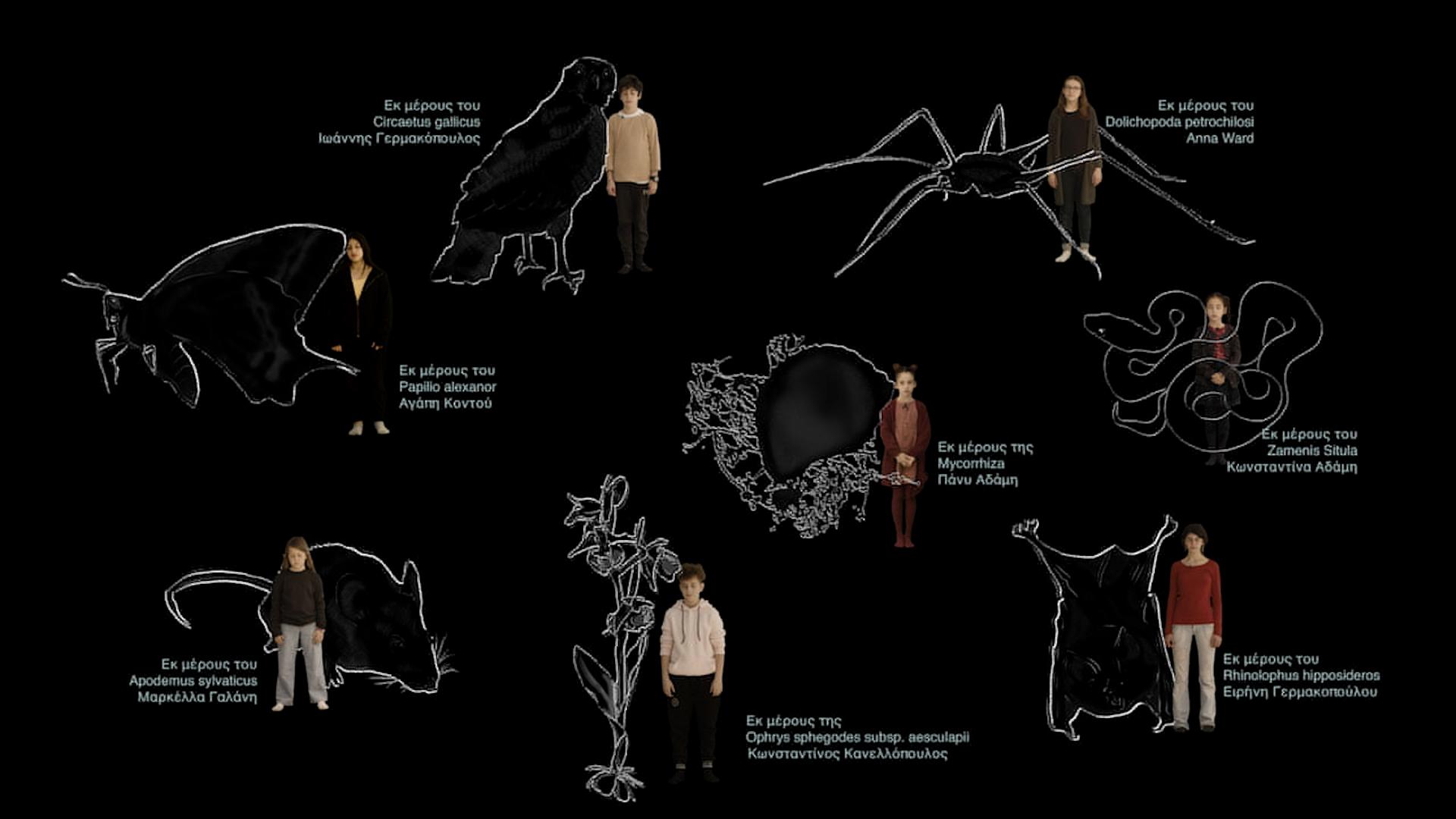To Be Voiced
Basic information
Project Title
Full project title
Category
Project Description
A butterfly speaks in ultraviolet light, a bat navigates with sound beyond our ears. An orchid's voice is chemistry and color. Outside our human sensory range, we do not realize that we hurt them or how much our well-being depends on barely visible ecosystems. Through environmentally-informed listening workshops, children learn, imagine and translate these voices into a concert. A film captures the journey from Athens to Mt. Hymettus where children sing nature's concert for the surrounding city.
Geographical Scope
Project Region
Urban or rural issues
Physical or other transformations
EU Programme or fund
Which funds
Description of the project
Summary
Natura 2000 created a legal framework completely protecting parts of Mt. Hymettus in Attiki, and a voluntary framework between private land owners and the larger ecosystem for the rest. Protection here relies on citizens and authorities respecting constraints on their private interests. But the reality is that people continue to build, dig, dump and sometimes burn the foothills of the mountain. The rich biodiversity of the mountain, a mountain of tiny things, is threatened, but in our noise, we do not hear the loss.
To Be Voiced is an art and educational workshop and film. We created a children's choir to speak on behalf of this natural world. Children met a local ecologist and musical educators in workshops on the mountain to listen to the environment and learn about its ecosystem and the things that threaten it. We focused on 8 organisms for their interrelationship with one another or vulnerability to change and over-development. Using field recordings for some of these, and informed imagination for others, children translated the songs of these lifeforms–bird and bat, insect, snake, flower, mouse and fungus. From this, we created a children's concert on behalf of these voices. To expand the impact and also make small, unconsidered creatures visible, we filmed the concert within this landscape.
The project was developed by artist Jennifer Nelson with composer/musical educators Sofia Kamayianni and Tim Ward, and filmmakers Dimitri Kotsaras and Natalia Papadopoulou. We were advised by ΣΠΑΥ and the WWF, as well as by scientists from local universities. We used sound recordings made by the AmiBio project to research the biodiversity of the mountain acoustically. The project was funded by the Goethe Institute.
Beyond this film, and with further outreach and support, the children may become stewards of the mountain, using their voices to advocate on its behalf. May they love the creatures for whom they have spoken, and voice this love throughout their lives.
Key objectives for sustainability
The key objectives for the project were
1.Deep environmental learning through Art and Music.
2.Connecting children with nature through Embodied Experiences.
3.Making specific plants/animals within the ecosystem of Mt. Hymettus, particularly several vulnerable animals, visible.
4.Making city-wildlife interrelationships visible - recognizing impact of urban development on the lives of tiny creatures.
5.Giving non-human voices political voices
6.Empowering youth voices
The project connected environment and culture by creating experiential connections with 8 specific flora/fauna found on Mt. Hymettus. The primary team consisted of an artist, 2 filmmakers, and 2 composers. Three team members are seasoned educators. We collaborated with an advisor from WWF, advisors from SPAY (The Union for the Protection and Development of Hymettus), and scientists from several Universities.
Children learned about the environment through workshops directly on the mountain that focused on information gathered specifically through sound and visual perception. Children then participated in the film, working with a musical educator to reproduce or imagine the voices of plants/animals that we studied. The film was screened for them and their parents with a discussion that deeply impacted the parents' awareness. It has also been screened in other schools together with discussions about learning through listening, biodiversity, and the ways children can become voices (advocates) for the healthy ecology of the mountain. The film, screened for several months at the Goethe Institute in Athens and elsewhere, allowed people of all ages to reconsider their perception of Mt. Hymettus and wild spaces generally. The film experimentally spans genres–functioning as an experimental art project, an educational film accessible to children and adults alike, a musical composition, and an environmental wake-up call.
This successful workshop format can/should be developed for other localities.
Key objectives for aesthetics and quality
Aesthetics are embedded/inseparable from the structure of the project. 1. Visual/acoustic/experiential experience have been created through collaborative processes that create ecosystems of aesthetic objectives within the work itself. This method is visible in the coexisting, hybrid form of the film.
2. Visually, acoustically and conceptually, the project aims to move participants, makers, and viewers from their familiar view into complex, immersive and unfamiliar views–in the attempt to see/hear the environment from other perspectives so that we realize those other perspectives exist.
The film has 3 parts: I. gives the view of the mountain from the city, which is always partial, seen through the architecture of the developed landscape and from familiar, human eyes (filmmaker Kotsaras). II. takes us into the immersive experience of the mountain and into the world of sound–which is always a blend of external stimuli and imagination (filmmaker Papadopoulou/Nelson/ sound artist Ward). Here we also learn about specific inhabitants of the mountain and the things that threaten them (child participants / student illustrator Nadia Elgazzar). Animals' ideal environments and the ways development threatens them are pictured simultaneously. Part III. presents the children's concert on the mountain for us the viewers and for the city below (composer/musical educator Sofia Kamayianni).
3. Similarly, the workshops themselves were structured to take children from the city into the immersive experience of the mountain. After their concert on Mt. Hymettus, we met in the city to see the film and discuss ways the children might be voices/advocates for the mountain. In this way, the project as a whole is an act of "social sculpture".
Physical, sensory, immersive experiences allow this shift in perception and for new information acquired to be deeply lived.
Key objectives for inclusion
Outreach targeted elementary, high school and college-aged youth. Educating and empowering youth is one of it's primary goals.
The project is structured around non-hierarchical creative, experiential learning activities specifically for children aged 8-15, their parents, and the artists and others who facilitated activities. Due to the limited budget, this project targeted a small group of children within the municipality of Ilioupoli and several students from Paiania who were able to participate directly. However future workshops, or screenings of the film with listening exercises and discussion could easily be accomplished with small-scale budgets–making it potentially accessible to community groups or within public schools.
The project also engaged college-aged students from the Visual Arts and the Cinema Studies Programs of the American College of Greece who volunteered to work with the children and during filming to gain practical experience in producing a film. Through the process, they also gained a greater appreciation of the ecosystem and benefited from embodied, pratice-based learning. Students played key roles interacting with children and on set as production assistants, assistant director and boom operators. Integrating young adults/students in producing/being responsible for aspects of the project is an effective way to expand the educational impact and create dynamic, inter-generational discussions.
The choice of working with children was also a method to reach and include parents–making biodiversity loss more personal to them. Parents expressed this impact in oral feedback after the screening.
Visual and sound artists worked collaboratively on the outcome in a process meant to mirror biodiversity through a diversity of artistic voices.
It should be noted that in this project, the term inclusion includes our non-human neighbors. Creating empathy, awareness and respect for biodiversity is at the heart of this work.
Results in relation to category
The film screened in the outdoor theatre in Kasariani in May, 2021 and for three months at the Goethe Institute Athen where many people visited (despite the quarantine).
The workshop concluded with a screening/discussion for participating children and their parents. Children, parents and facilitators were all invited to speak about their experiences. Children expressed enthusiasm for the animals they had portrayed in the concert. Parents were emotional as they expressed their awareness of the ways urban life was disrupting the mountain's biodiversity and what that might mean for their children's future.
Other screenings have occurred at the Athens School of Fine Art and at the 1st Elementary School of Paiania. Screenings with a listening workshop and discussion are currently planned for Ymittos high school, and Pierce high school.
The immediate aim is to organize further screenings and discussions of the film in locations around Mt Hymettus. This requires new funding.
How Citizens benefit
Artists, filmmakers, composers, educators, scientists, students and children were all involved in making this largely voluntary project. The project exists because of that participation and is formulated through that interaction. As stated elsewhere, the benefits are the poly-centered result, where we move through co-existing but differently motivated visions. It is built only through the combined expertise of multiple disciplines and perspectives.
Children imagined the sounds of butterflies or mycorrhizae, and the composition is the result of their input and participation. The inclusion of children affects the parents.
The municipality of Ilioupoli actively assisted the work, as did The Union for the Protection and Development of Hymettus. They assisted us with access to locations on the mountain, permissions and other support. The American College of Greece supported the production through the active support and guidance of colleagues from Music, Cinema Studies, Environmental Studies and Visual Arts, and through the use of production equipment. Students of the college were involved in research, and in creative and practical output in the production of the film. Students gained new environmental awareness but also contributed their energy and youth perspective to interactions with the smaller children.
Scientists from the Agricultural University of Athens, the National and Kapodistrian University of Athens, the AmiBio research project, and particularly from WWF, all advised the project. The creative and educational goals of the project could not have been made without this scientific support.
Physical or other transformations
Innovative character
The project is innovative because it is conceived of and structured through an arts interface. It prioritizes immersive, creative, participatory processes, which–due to their multi-nodal access points–create deeper learning and relationship with the material. Additionally, through participatory expressive mediums, children take ownership over the material and feel proud to be involved.
While the fields of visual ecology and bio-acoustics exist, they are not widely considered by the general population. Information about the environment gathered through technical interfaces and translated into a spectrum that can be perceived within our limited sensory range is usually offered within technical materials that do not reach the average public or youth. Yet these fields are invaluable for creating larger pictures of the ecosystems within which we ourselves live. The project makes our sensory limitations recognizable, which is not a given, and the new information more relatable. Moreover, it helps expand the method and quality of the sensory capabilities that we do possess by helping people to tune into and learn from what we can hear, feel, and see.
Sharing points of view, and sharing our voices is an inherently political activation of recognition, empathy and solidarity. The physiology of vocalization impacts the speaker and the listener. Shaping this sharing into music has the potential to amplify concerns in ways that induce us to open our ears to it. With its final output as a concert (which in this case is recorded within a film, but could be performed live), the content reaches into the ears of the audience, and through this translation we allow ourselves to hear the voices of creatures who are threatened by our lifestyle. The film also expands our visual paradigm by the simple act of laying out, over the course of its montage, a path from what we see from our man-made environment to what the mountain "sees" back.
Learning transferred to other parties
The workshop component of this project is easily transferrable to other target locations where an urban population lives with a wild area and biodiversity is threatened. It could target other Natura 2000 areas thoughout Europe.
1. Contact local environmental agencies and scientists in local universities to assemble facts on vulnerable, threatened or endangered species. Emphasis can be given to find organisms that have a cooperative or food-chain relationship to one another. Highlight creatures we might overlook because they aren't sufficiently "cute" or visually admirable. The goal is to raise their visibility through art.
2. Prepare age-appropriate materials on target species
3. Assemble a team of facilitators that include educators skilled with embodied/experiential learning, an environmental educator, a musical educator/composer, an artist or choreographer involved in community practices.
3. Organize workshops/ field trips of 6-20 kids (smaller is better). We had 6 workshops, but also produced the film. More time and depth would be nice, but not a requirement.
4. Learn through listening to the acoustic environment (noting the ways urban sound is often far louder than the wild place they are listening to). Walk, talk, touch. Make sound walks noting everything you hear. Make an exercise trying to make abstract sounds - like the wind, the buzzing of insects, tree branches moving.
5. With a musical educator, students give plants and animals voices–starting with imitating any existing sound recordings, and continuing by imagining how to translate other forms of communication (outside our range of hearing, or by use of ultraviolet light, chemicals, etc) into something human voices can speak.
6. The children can perform this concert for their parents or communities. Conclude with a discussion about next steps–how can kids (and parents) be defenders of their wild areas and advocates for the legally voiceless lifeforms within them?

